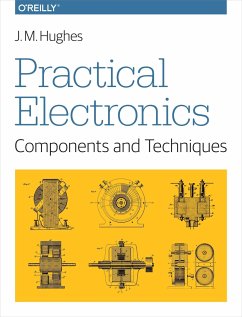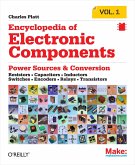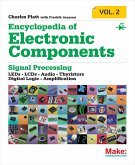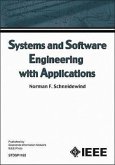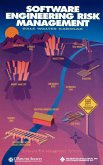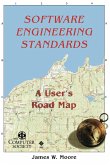How much do you need to know about electronics to create something interesting, or creatively modify something that already exists? If you're in a technical field such as software development, and don't have much experience with electronics components, this hands-on reference helps you find answers to technical questions quickly.
Filling the gap between a beginner s primer and a formal textbook, Practical Electronics: Components and Techniques explores aspects of electronic components and techniques that you would typically learn on the job and from years of experience. Even if you've worked with electronics, or have a background in electronics theory, you're bound to find important information that you may not have encountered before.
Among the book's many topics, you'll discover how to: Read the data sheet for an electronic component Use a variety of tools involved with electronics work Assemble various types of connectors Minimize noise and interference on a signal interface circuit.
Explore topics not usually covered in theoretical books, and go deeper into practical aspects than a step-by-step, project-oriented approach, with Practical Electronics.
Hinweis: Dieser Artikel kann nur an eine deutsche Lieferadresse ausgeliefert werden.
Filling the gap between a beginner s primer and a formal textbook, Practical Electronics: Components and Techniques explores aspects of electronic components and techniques that you would typically learn on the job and from years of experience. Even if you've worked with electronics, or have a background in electronics theory, you're bound to find important information that you may not have encountered before.
Among the book's many topics, you'll discover how to: Read the data sheet for an electronic component Use a variety of tools involved with electronics work Assemble various types of connectors Minimize noise and interference on a signal interface circuit.
Explore topics not usually covered in theoretical books, and go deeper into practical aspects than a step-by-step, project-oriented approach, with Practical Electronics.
Hinweis: Dieser Artikel kann nur an eine deutsche Lieferadresse ausgeliefert werden.

